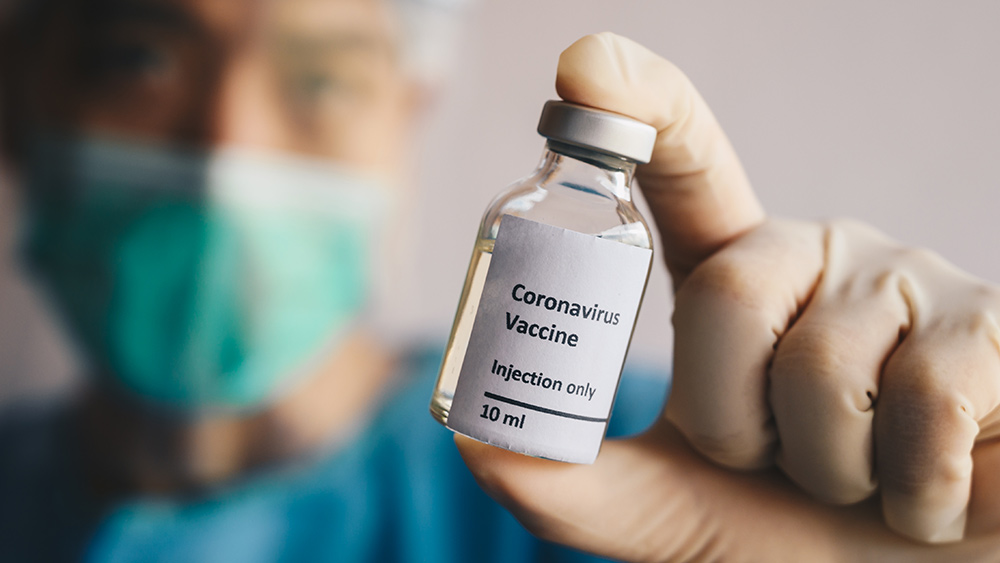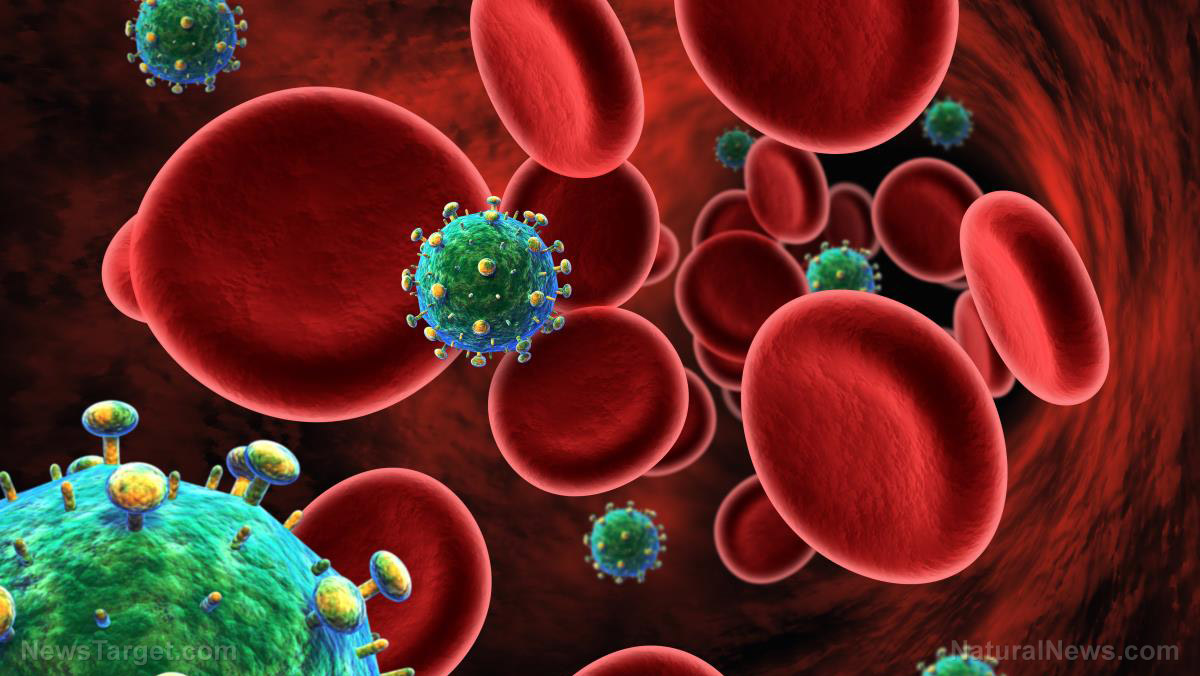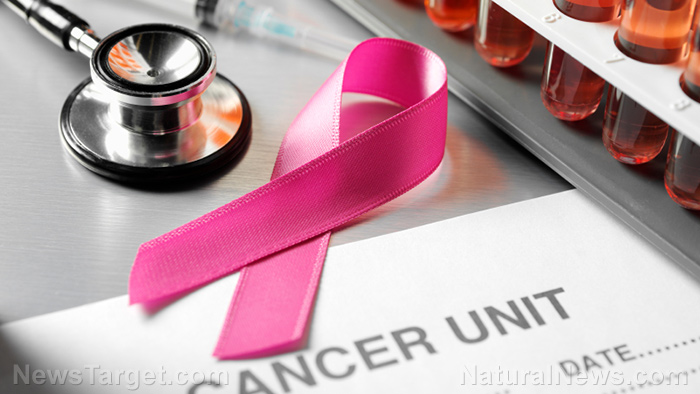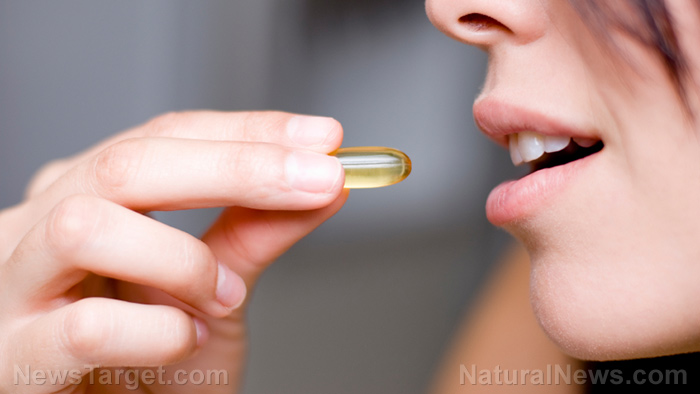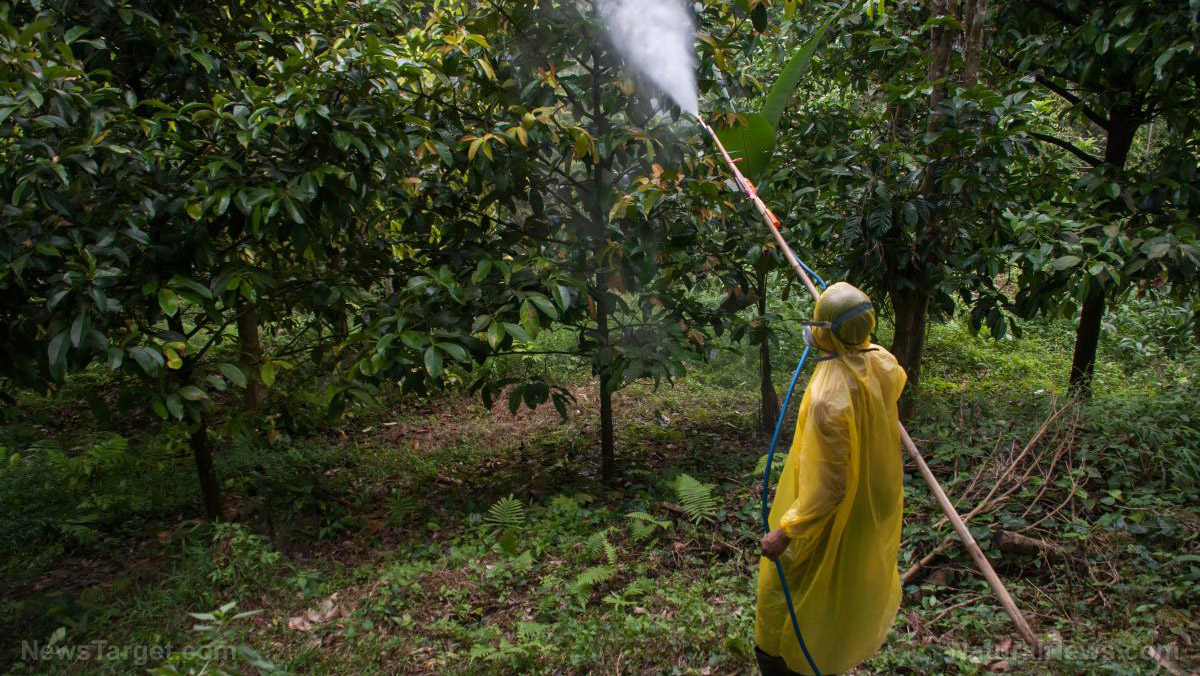If you use “regular” sunscreen, you are poisoning your blood with cancer-causing chemicals
08/20/2019 / By Tracey Watson

When it comes to exposure to the sun, less it not necessarily more, but too much of a good thing can also be a bad thing. Finding the right balance between on the one hand avoiding excess sun exposure, and on the other preventing health conditions related to insufficient sunshine and vitamin D, is the key.
For decades, dermatologists and other health professionals have insisted that wearing a sunscreen with a high sun protection factor (SPF) is the best weapon in the fight against skin cancer, the most common cancer in the United States. Studies have found, however, that blocking out the sun’s rays entirely is not necessarily a good thing, since it can result in low levels of vitamin D, the hormone we get from spending time in the sun.
Studies have found that people who have low vitamin D levels are at increased risk of developing cardiovascular disease, respiratory illnesses and cancer. They are also more likely to die earlier than people with optimal vitamin D levels.
Now, a recent study by the U.S. Food and Drug Administration (FDA) raises another concern about the use of mainstream sunscreens. The research, which was published in the peer-reviewed Journal of the American Medical Association (JAMA), found that four of the chemicals most commonly used in commercial sunscreens are absorbed directly into the bloodstream, where they can linger for up to seven days, reaching levels significantly higher than those deemed to be safe by the FDA.
Not just skin deep
As reported by Truth Theory, the chemicals added to sunscreens to block out ultraviolet rays — avobenzone, oxybenzone, octocrylene and ecamsule – were approved for use by the FDA decades ago, when it was believed that they could not be absorbed through the skin.

However, a study by FDA researchers into how sun-filtering molecules act after being sprayed or rubbed onto the skin, found that these chemicals are, in fact, absorbed through the skin and right into the bloodstream.
“Everyone had always thought that because these are intended to work on the surface of the skin that they wouldn’t be absorbed, but they are,” explained co-author and director of the FDA’s division of nonprescription drug products, Theresa Michele.
The study’s findings are in direct opposition to what sunscreen manufacturers have been insisting for years.
A total of 24 volunteers – 12 men and 12 women – were included in the small-scale trial. Each was assigned to apply one of four commercially available, over the counter, sunscreens. Two were sprays, one was a lotion and one a cream. The participants were asked to apply the sunscreen as recommended by the manufacturers, four times a day over a period of four days. They were asked to cover 75 percent of their skin, which is about the amount you would use if you were wearing a bathing suit.
The results? Truth Theory reports:
Over the course of the four days, and for three days after, the researchers collected blood every few hours and analyzed it for the presence of avobenzone, oxybenzone, octocrylene, and ecamsule. In total, 30 samples were taken.
The team discovered that the photoprotective chemicals soak into the bloodstream within a few hours of being applied. This caused concentrations to rise above the FDA’s toxicology threshold that triggers further safety testing. In addition, the levels for three out of the four sunscreens remained elevated through the end of the study — three days after participants had stopped applying them to their bodies. The cream users saw their concentrations clear out the fastest.
This study’s findings reinforce the need to avoid commercial, chemical-based sunscreens. However, excess sun exposure and sun damage are still clearly linked to skin cancer. The solution? An all-natural sun protection cream like the Health Ranger Select Summer Body Butter Fennel, which contains no harmful chemicals, heavy metals, GMOs or BPA, and not only protects against sun damage, but also contains minerals that nourish the skin. You can also wear a hat or sit in the shade during peak daytime hours. Learn more about preventing skin cancer at Cancer.news.
Sources include:
Submit a correction >>
Tagged Under:
chemicals, Personal care products, poison, preventing cancer, skin cancer, sun damage, sunblock, sunlight, sunscreen, sunshine, toxins, vitamin D
This article may contain statements that reflect the opinion of the author

